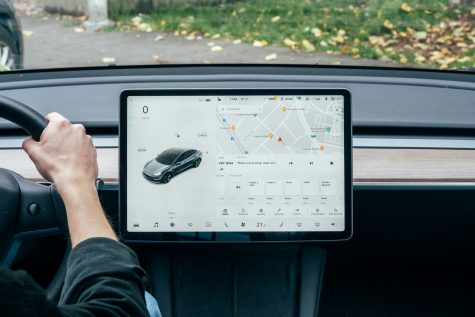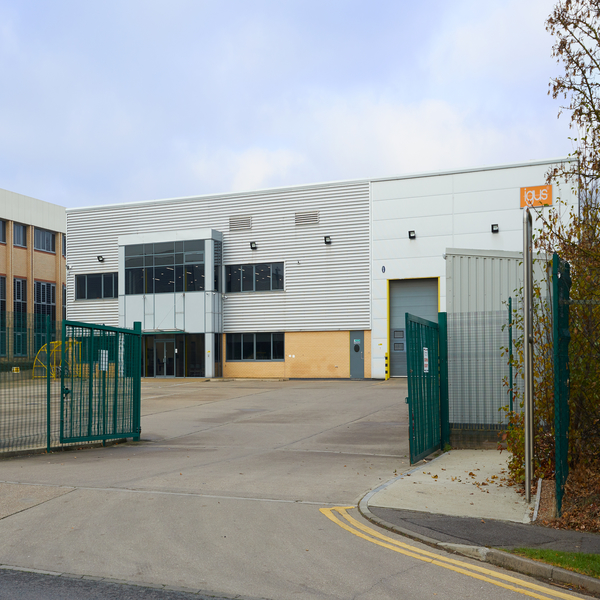How is the automotive industry changing?
Regulations are becoming stricter, and customer expectations are increasing as a result of innovative technologies becoming so readily available, and it is clear to see that the automotive industry is no exception. The automotive industry has changed drastically and doesn’t appear to be slowing its progress any time soon.
One of the most significant changes in this industry is the shift towards electric vehicles (EVs). Governments worldwide are implementing stricter emissions regulations, and consumers are becoming more environmentally conscious. As a result, businesses are investing heavily in EV technology.
As of the end of November 2024, there were 1.3 million fully electric cars in the UK! – Zapmap

Autonomous Vehicles
Autonomous driving technology is another major trend and companies like Tesla are developing self-driving cars that promise to transform transportation. Fully autonomous vehicles aren’t the standard yet, but with advancements in AI and machine learning, cars are smarter and safer than ever before. Features like adaptive cruise control, lane-keeping assistance, and automated parking are becoming commonplace in many new vehicles.
Sustainability and Circular Economy
Sustainability is a huge driving force behind the shift to EV’s. But beyond electrification, manufacturers are exploring ways to make the entire lifecycle of a vehicle more sustainable. This includes using recycled materials in production, designing for easier disassembly and recycling, and developing more efficient manufacturing processes. Find out how car manufacturers can be more sustainable.
For igus®, the automotive industry is one of many industries where motion plastics can improve what moves. From bearings for smooth, silent movements in car interiors to linear robots that could enable the future of parcel deliveries, take a look at what could be possible:
Changing Consumer Preferences

Consumer preferences are also evolving. There is supposedly a growing trend towards shared mobility solutions, such as car-sharing services. This shift is driven by a number of factors such as urbanisation, the high cost of vehicle ownership, and a desire for more flexible transportation options particularly in cities. As a result, traditional car ownership models are being challenged, and manufacturers are exploring new business models to adapt to these changes.
Technological Integration
The integration of advanced technologies like artificial intelligence is transforming the automotive industry. AI is being used to enhance vehicle safety, optimise manufacturing processes, and provide personalised driving experiences. VR and AR are being used in design and training, allowing for more efficient development and maintenance of vehicles.
Supply Chain and Manufacturing Innovations

The automotive supply chain is also evolving. The COVID-19 pandemic highlighted vulnerabilities in global supply chains, prompting manufacturers to seek more resilient and flexible solutions. This includes diversifying suppliers, increasing local production, and investing in digital supply chain technologies. Additionally, advancements in robotics and automation are making manufacturing processes more efficient and reducing costs.
Looking to the future, the convergence of electrification, autonomous driving, connectivity, and sustainability features will undoubtedly create new opportunities and challenges for the automotive industry. Companies that can adapt to these changes will be better positioned to succeed in the future automotive landscape.
In conclusion, the automotive industry is definitely experiencing a period of rapid change, driven by technological advancements, evolving consumer preferences, and regulatory pressures. As the industry continues to innovate and adapt, we can expect to see more sustainable, connected, and autonomous vehicles on the roads, reshaping the way we think about transportation.



